These days, skin cancer has become a prevalent form of cancer that adults suffer from. This is why it is so important that you start protecting your child as soon as possible. As any paediatric dermatologist in Mumbai will tell you, just a blistering sunburn before your child turns 18 years old can increase their chance of suffering the dreaded disease by over 200%! Who knows, they might develop melanoma, the most serious form of skin cancer – as well! The bad thing is that it can happen anywhere in your body. You may think that sunscreen is the only way to prevent this, but you are wrong.
Applying Sunscreen
As your paediatric skin specialist in Mumbai would tell you, sunscreen is the best way to combat this threat, but for that, you have to apply it properly to your body. So, keep a few tips in mind in this particular context. Always rub sunscreen on your child 20 minutes before they step outside. Use broad-spectrum sunscreen to protect yourself against UVA (Ultraviolet-A) and UVB rays. Make sure that the sunscreen has an SPF (Sun Protection Factor) of at least 30, as that will filter out 97% of the UVB rays.
Go for sunscreens that have at least zinc oxide; titanium dioxide is optional in such cases. Make sure that the product contains as much zinc as possible, as it is usually a lot less irritating. If your child is swimming, playing in water, or sweating, use sunscreen that can resist water. Make sure to reapply sunscreen, including the water-resistant ones, at intervals of two hours each, even on cloudy days. This is especially important when they are sweating or swimming.
Covering Their Skin With Clothes
These days, you will get sun-protective clothing that comes with a UPF (Ultraviolet Protection Factor) of 50. Otherwise, you can try lightweight pants with long sleeves and shirts that are woven tightly to protect your child from exposure to sunlight. You can also make them wear hats that have a brim of at least three inches so that their heads, necks, and ears are protected. You can get more information in this regard from a qualified paediatric dermatologist in Mumbai.
Wearing Sunglasses
Make sure that your kids are wearing sunglasses whenever they are outside, and this includes the time they are playing sports as well. It would always be better if you could get them sunglasses that offer UV protection. Such protection can, in fact, also be added to their contact lenses and prescription glasses.
Limiting Direct Exposure To Sunlight
Make sure that they are not exposed to direct sunlight between 10 am and 4 pm. This is the period when the Sun’s rays are at their strongest and, thus, can cause the most damage. Encourage your kids to find shade anywhere they can, such as trees, shelters, and shadows, to name a few.
Taking Extra Precautions With Babies
If your toddler is yet to be six months old, make sure that they are not exposed to direct sunlight. Always use sunscreen that contains zinc oxide or titanium dioxide – this will make sure that their skin is not irritated. Apart from these, be aware of the medicines that you feed your children because some of them may make your child prone to sunburn. Do not let them use tanning beds or even get a tan in general. Also, keep monitoring their skin at all times and educate other parents.
Conclusion
If you wish to consult a paediatric dermatologist in Mumbai for this particular purpose, feel free to do so, but please choose a leading name in the domain, such as Inurskn.
Disclaimer
This article is one in a series of articles on skin, hair and overall health by content creators for Inurskn. The objective of this series is to educate the reader and help them take precautions against various skin conditions they come across on an everyday basis. These articles are not meant to be used by patients for self-diagnosis or for avoiding proper medical treatment. The images used in the above blogs are just for the visual representation of the treatment results may vary from patient to patient. Please always refer to a trained medical professional before engaging in any advice or treatment or medications.




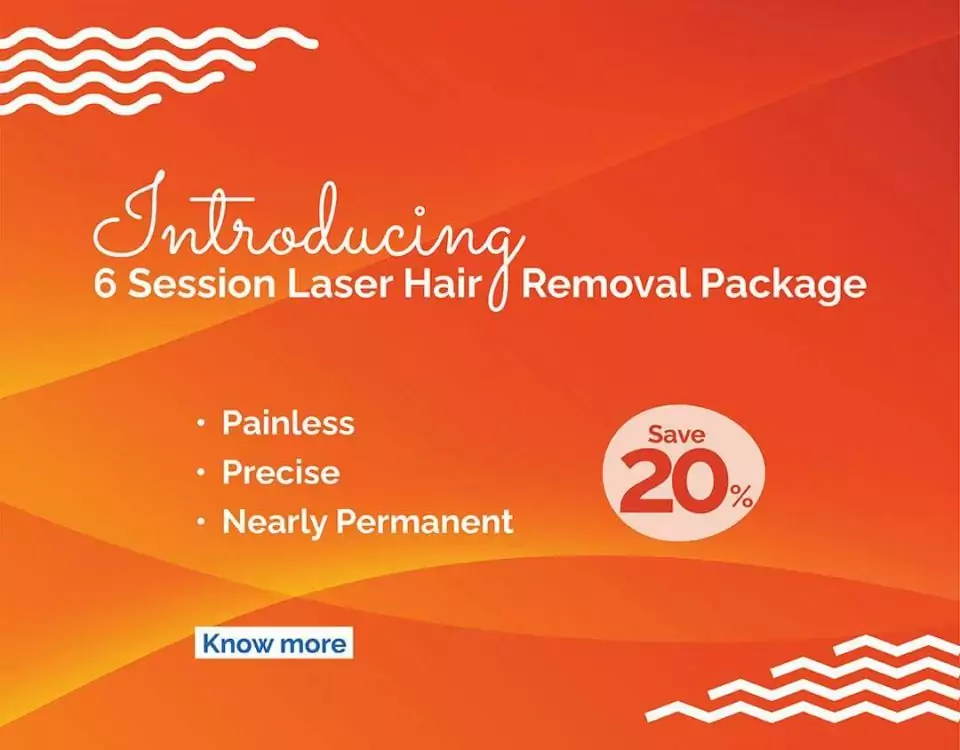

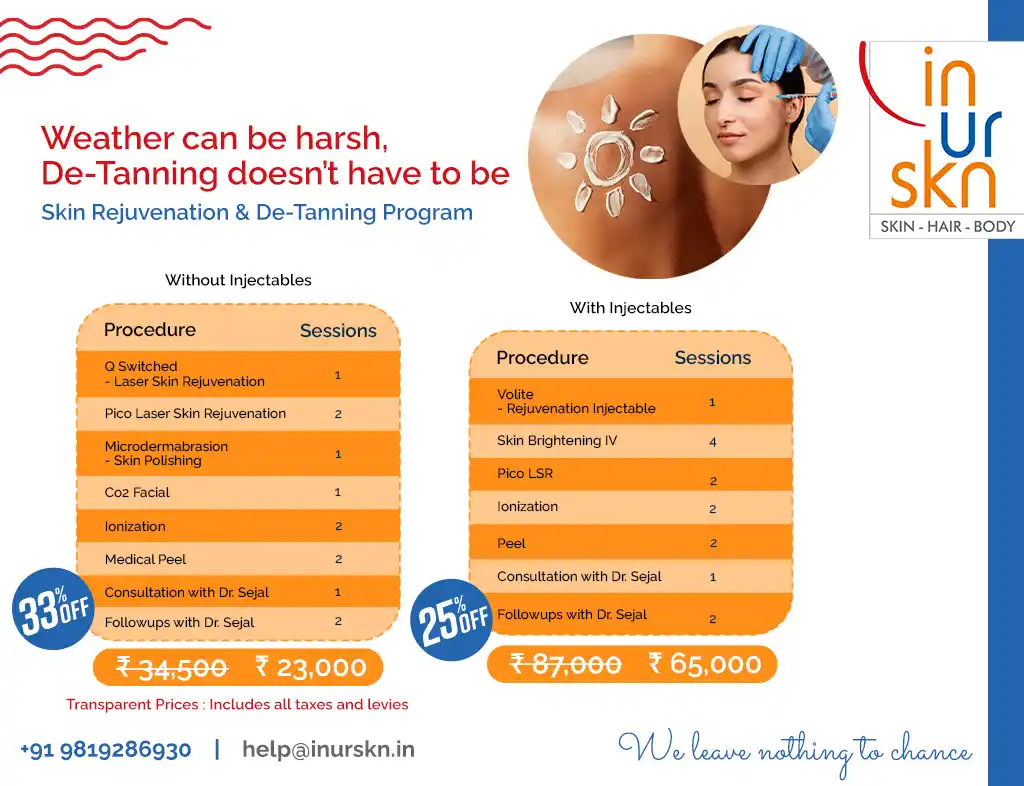














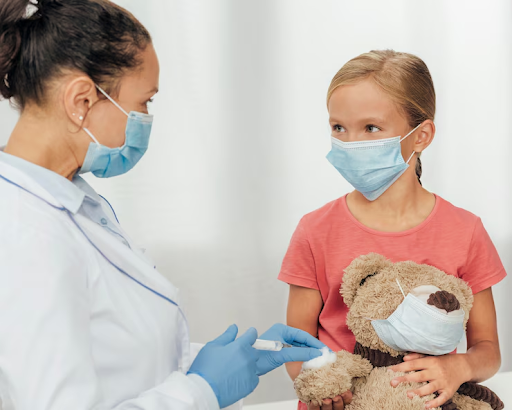
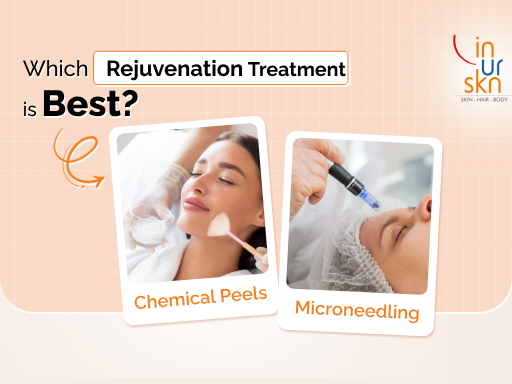

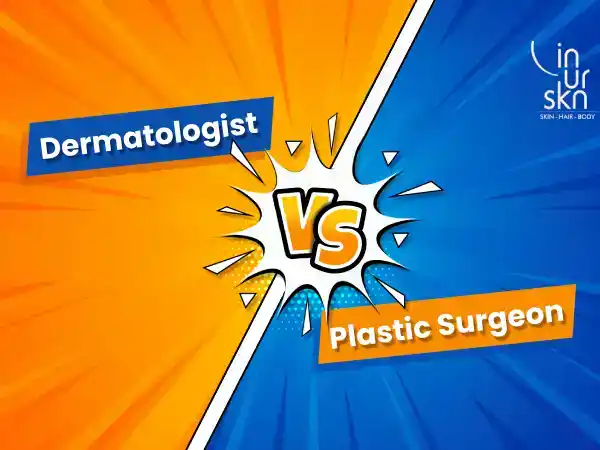
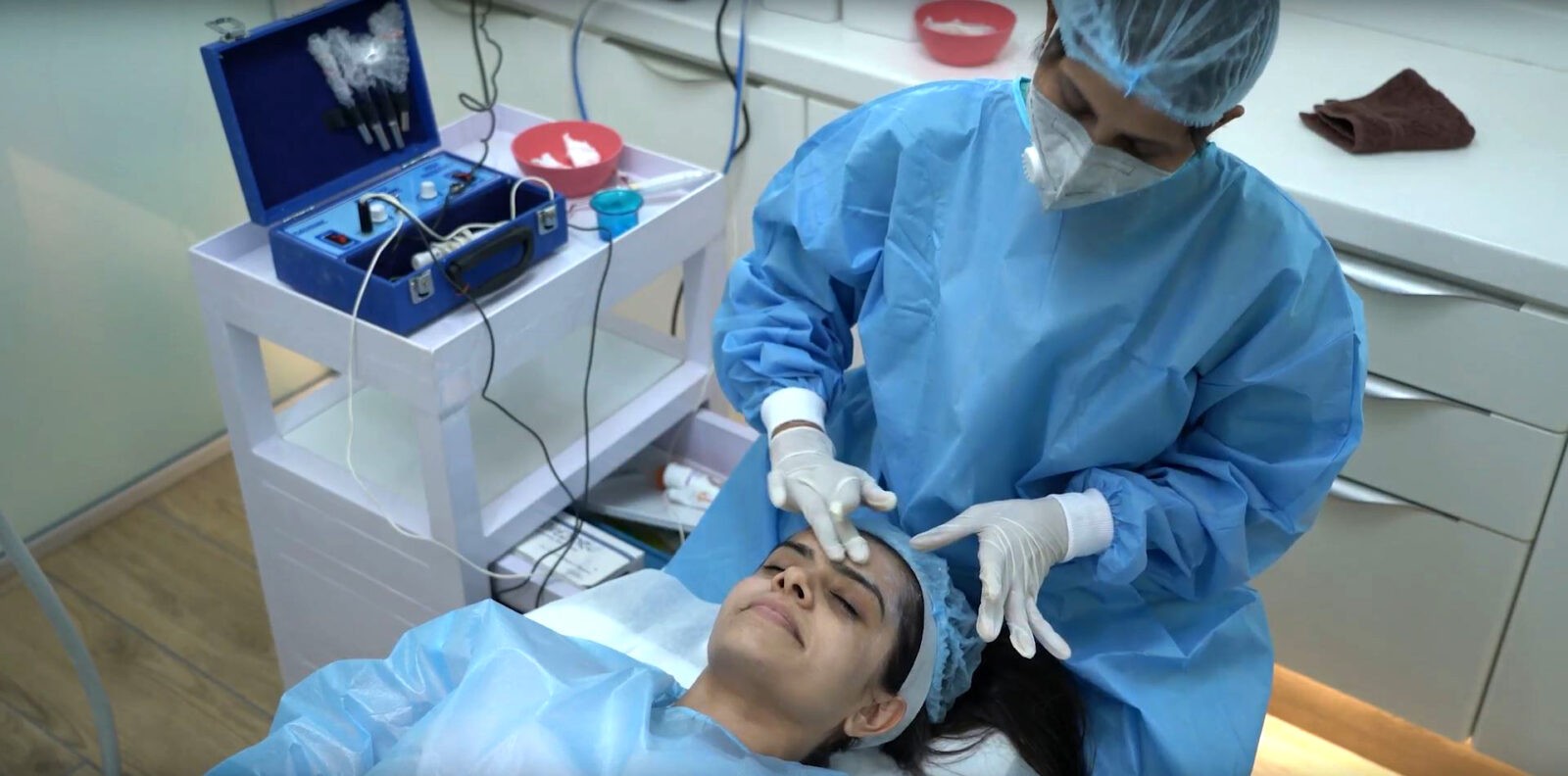
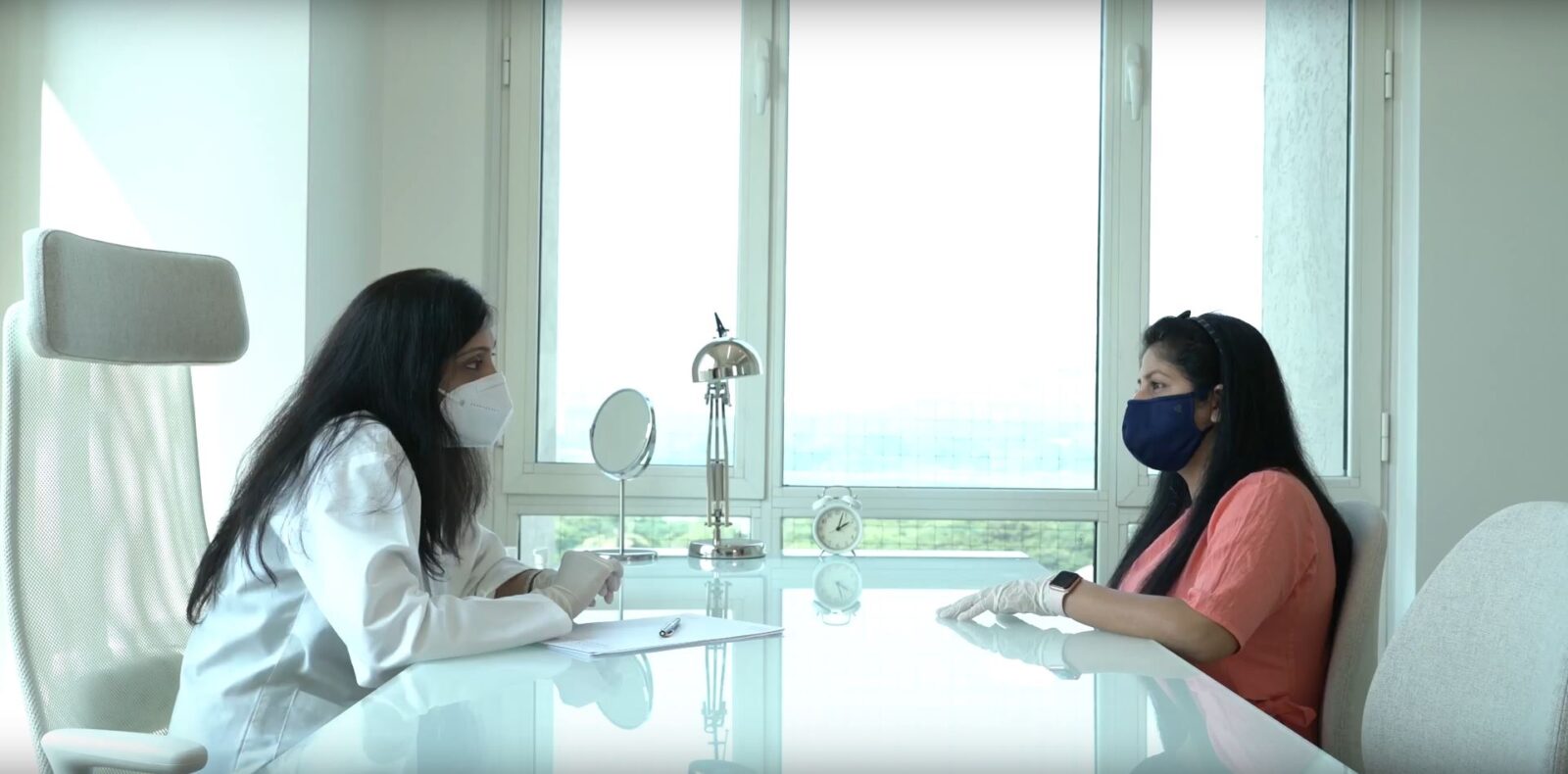

 Call us
Call us Book Appointment
Book Appointment Enquire
Enquire Location
Location




